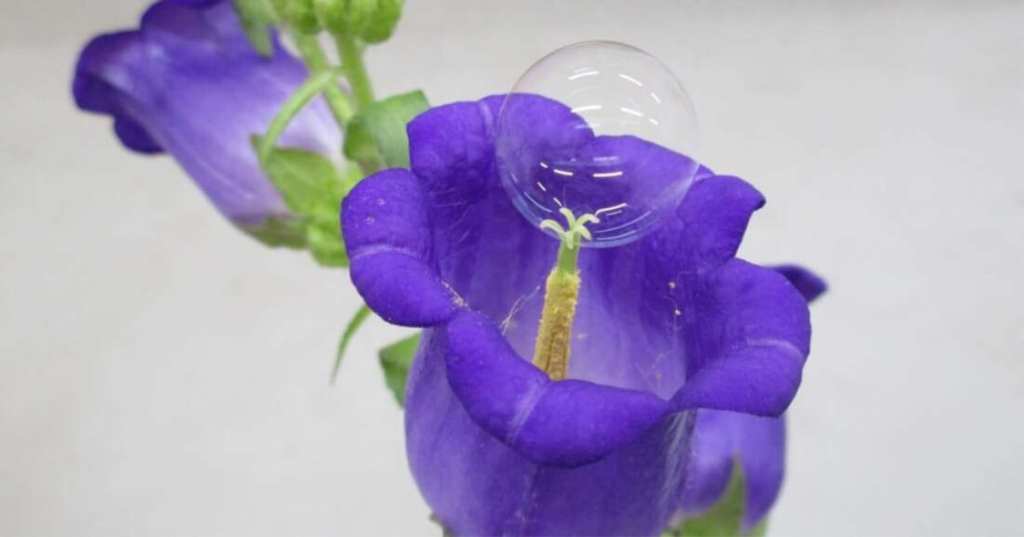Trending Now
If you’ve got kids, then you know what a fun hit the bubble gun has been in recent years. And sure, they can’t seem to make one that lasts longer than a week or two before going in the trash, but hey – they cost less than $5 a pop, so you get what you pay for, right?
I’m assuming this new pollination drone/bubble gun is better constructed, but even if it wasn’t, the implications for crop-growing are pretty neat. Humans, after all, with their tendency to destroy habitats, effect climate change, and drive out natural pollinators are behind most of the destruction of our fruit-bearing plants, so it seems only right that our innovation should be the thing that helps bring them back.
https://www.instagram.com/p/CB0Pnf2pTTy/
Scientists have been working for awhile on alternative ways to pollinate crops, and now, according to a recent study published in iScience, pollen-charged soap bubbles might be the answer.
The study comes courtesy of the Japan Advanced Institute of Science and Technology, and the technology is arrestingly simple – just a bubble gun loaded with a pollen solution. The bubbles are then fired throughout an orchard, where the pollen-laden bubbles pop on the flowers’s surfaces.
So much for trying to save the bees, I guess. We’ll just replace them.
In a statement, an associate professor at the school sounds bemused but proud of their findings.
“It sounds somewhat like fantasy, but the functional soap bubble allows effective pollination and assures that the quality of the fruits is the same as with conventional hand pollination. In comparison with the other types of remote pollination, functional soap bubbles have innovative potentiality and unique properties, such as effective and convenient delivery of pollen grains to targeted flowers and high flexibility to avoid damaging them.”
They got the idea when they were working on a small drone prototype for pollination, but not having much success. It was tiny, but kept accidentally destroying the flowers as it flew into them. Miyako, the lead researcher, got the idea for using bubbles while playing with his son – he thought the fragile delivery system would be perfect.
https://www.instagram.com/p/CBym-tQAbXj/
The first hurdle was verifying that a bubble could hold pollen grains, but it didn’t take long to hit on the right recipe. They kept the drone idea, using it to deploy the bubbles instead of, you know, hiring an army of kids to run around actually shooting them out of guns.
The drones hit their floral targets about 90% of the time and covered six-and-a-half feet per second.
The system isn’t without flaws, as weather and wind can affect how good the bubbles are at getting the job done, but with bees disappearing and no real, collective effort being made to stop it, this may be the next best thing.







